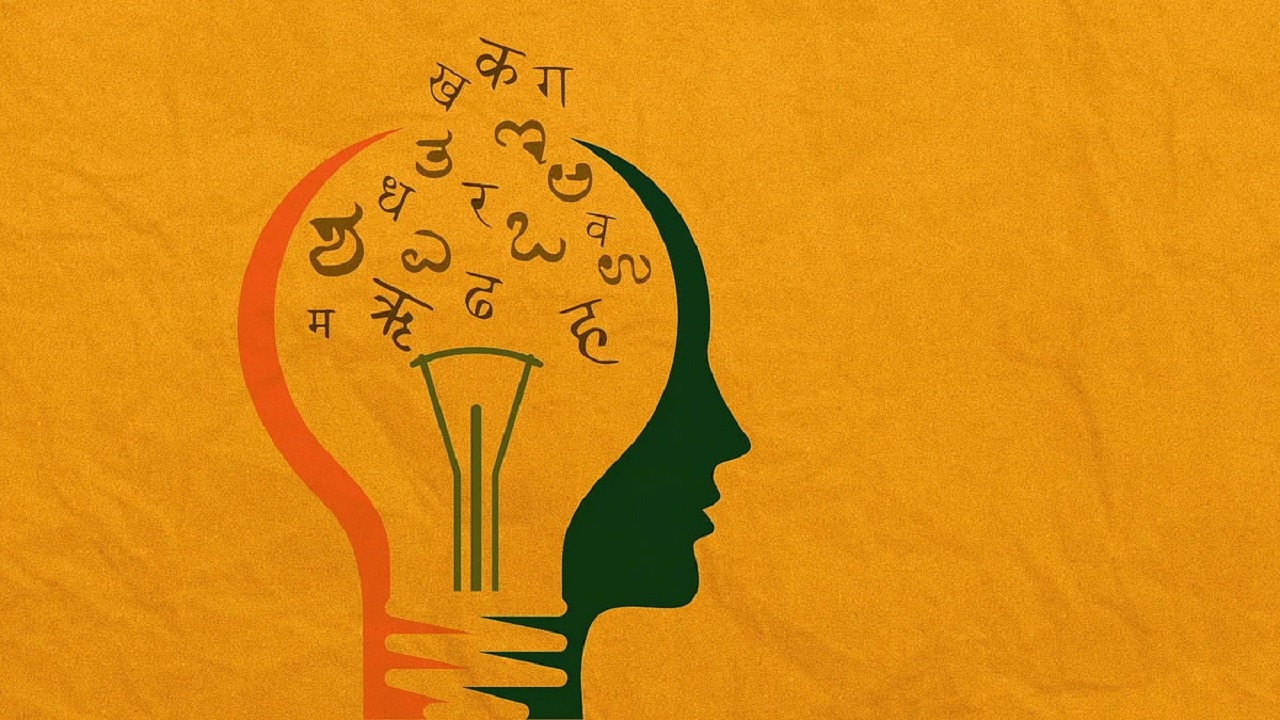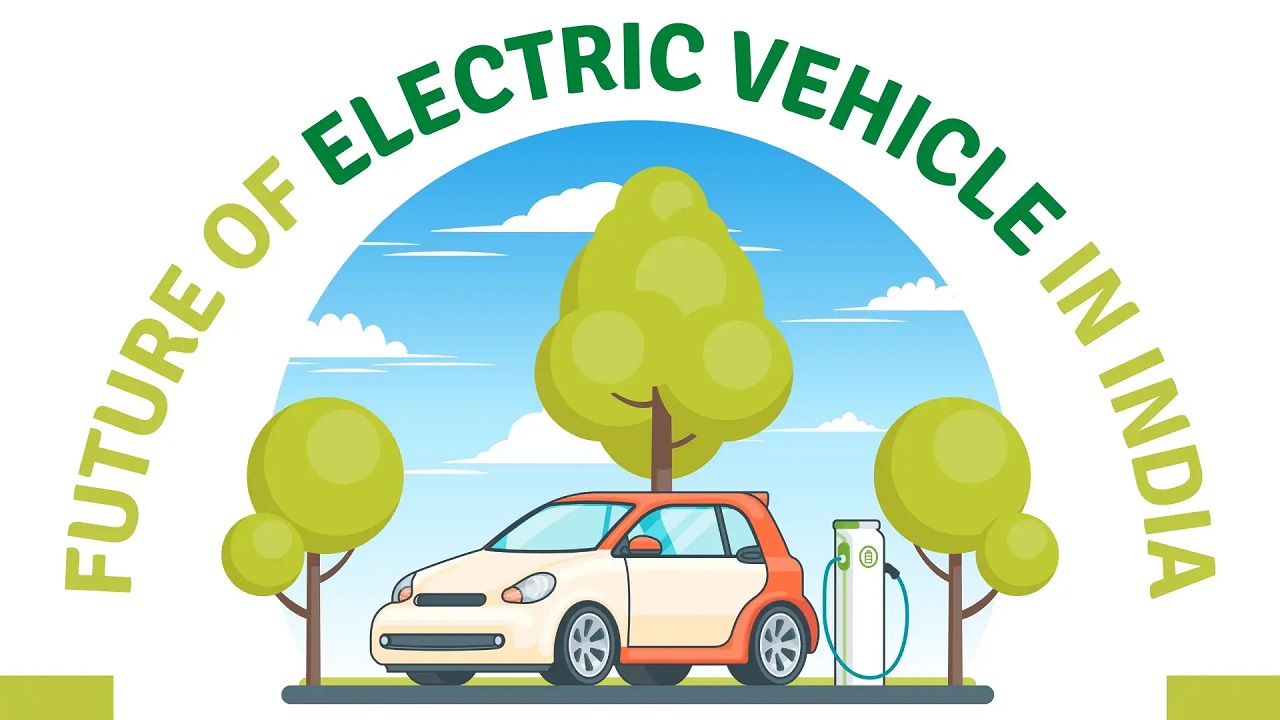Antimicrobial Resistance in India: Challenges, Impacts, and the Road Ahead
Context:
A recent global study funded by Wellcome and the UK Department of Health and Social Care’s Fleming Fund estimates that bacterial AMR alone could cause 39 million (3.9 crore) deaths between 2025 and 2050 — equivalent to three deaths every minute. This alarming projection highlights AMR as a serious global public health threat, especially for countries like India where antibiotic misuse and infectious diseases are prevalent.
What is Antimicrobial Resistance (AMR)?
-
Antimicrobials: Medications like antibiotics, antivirals, antifungals, and antiparasitics used to treat infections in humans, animals, and plants.
-
AMR: Occurs when microorganisms (bacteria, viruses, fungi, parasites) evolve to resist antimicrobial agents they were previously sensitive to.
AMR in India:
-
Resistance has been detected in key pathogens like E. coli, Klebsiella, Acinetobacter, Staphylococcus aureus, and Enterococcus, including resistance to latest-generation antibiotics.
Causes of Antimicrobial Resistance
-
Natural Evolution: Microbes adapt through genetic mutations over time.
-
Overuse and Misuse: Widespread inappropriate use of antibiotics in humans, livestock, and agriculture.
-
Poor Infection Control: Low hygiene standards in hospitals and communities allow resistant strains to spread.
-
Environmental Contamination: Improper disposal of pharmaceuticals leads to resistant genes in water and soil.
-
Global Travel and Trade: AMR spreads across borders via people, food, and goods.
Impacts of Antimicrobial Resistance
-
Public Health Threat:
-
Reverses gains made in combating infectious diseases like TB, typhoid, pneumonia.
-
30,000 newborn deaths annually in Indian ICUs due to drug-resistant infections.
-
-
Increased Mortality:
-
Projected 39 million deaths globally by 2050.
-
-
Healthcare Burden:
-
Longer hospital stays, expensive treatments, and overloaded health infrastructure.
-
-
Economic Burden:
-
Potential $3.4 trillion GDP loss annually by 2030.
-
-
Pandemic Impact:
-
During COVID-19, misuse of steroids led to mucormycosis (black fungus) in India.
-
Challenges in Tackling AMR in India
-
Over-the-Counter Antibiotics:
-
Easy availability promotes self-medication and incomplete dosage.
-
-
High Population Density:
-
Cities like Kolkata (30,097/km²), Mumbai (20,634/km²) intensify the spread of resistant pathogens.
-
-
Infectious Disease Prevalence:
-
High burden leads to excessive antibiotic usage.
-
-
Multidrug Resistance:
-
Diseases like MDR-TB and XDR-TB are increasingly difficult to treat.
-
-
Low Awareness:
-
Public and practitioners often unaware of AMR risks and rational drug use.
-
-
Weak Regulation:
-
Poor enforcement of rules like Schedule H1 of the Drugs and Cosmetics Act.
-
-
Inadequate Genomic Tools:
-
Genomic tracking is not yet available at the clinical point-of-care.
-
Global and National Efforts Against AMR
Global Initiatives:
-
UNGA High-Level Meetings (2016 & 2024):
-
Promote national action plans, R&D, and policy coordination.
-
-
Global AMR Surveillance System (GLASS):
-
Facilitates data sharing and global monitoring.
-
India’s Response:
-
National Action Plan on AMR (2017):
-
Aims at awareness, surveillance, infection prevention, and optimized use.
-
-
Delhi Declaration (2017):
-
Inter-ministerial commitment to the One Health approach.
-
-
Schedule H1 Rule (2011):
-
Restricts over-the-counter antibiotic sales (modified later for first-line drugs).
-
-
Institutional Surveillance:
-
ICMR, NCDC, ICAR running pathogen surveillance programs.
-
-
CMC Vellore:
-
Reference center for genomic sequencing and AMR data.
-
-
New Antibiotics Developed in India:
-
Examples: cefepime-enmetazobactam, levodifloxacin — alternatives to last-resort drugs.
-
-
AI-Driven Tools:
-
AMRSense uses hospital data to predict AMR trends.
-
-
Kerala’s Policy Innovation (2024):
-
First Indian state to ban OTC sale of antibiotics without prescriptions.
-
What Lies Ahead? Recommendations and Way Forward
-
Strengthen Hospital Surveillance:
-
Publicize infection data to promote transparency.
-
-
Monitor Environmental Pollution:
-
Analyse effluents from hospitals and pharma industries.
-
-
Leverage Genomic Labs (Post-COVID):
-
Use existing labs for AMR mapping and prediction.
-
-
Develop Targeted Diagnostics:
-
Tools based on genome markers (e.g., for Salmonella Typhi).
-
-
Promote Antimicrobial Stewardship:
-
Train doctors, pharmacists, and informal providers in rational antibiotic use.
-
-
Enhance Communication and Awareness:
-
Design mass campaigns for public engagement on AMR risks.
-
-
Strengthen Regulation:
-
Uniform implementation of Schedule H1 across all Indian states.
-
Conclusion
Antimicrobial Resistance is not just a medical challenge; it is a socio-economic and governance crisis. India, being among the countries most affected, must act urgently. While surveillance, research, and innovation have made strides, they must be matched with strong public health communication, strict regulatory enforcement, and multisectoral coordination. With the right blend of science, policy, and public participation, India can lead the global fight against AMR.




Comments (0)